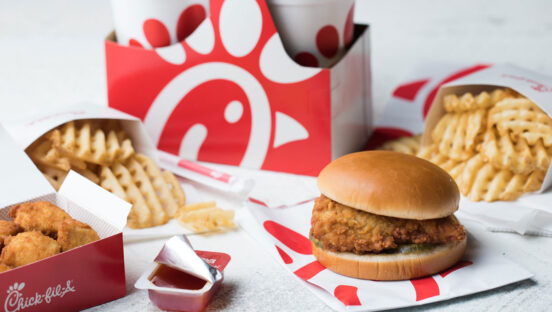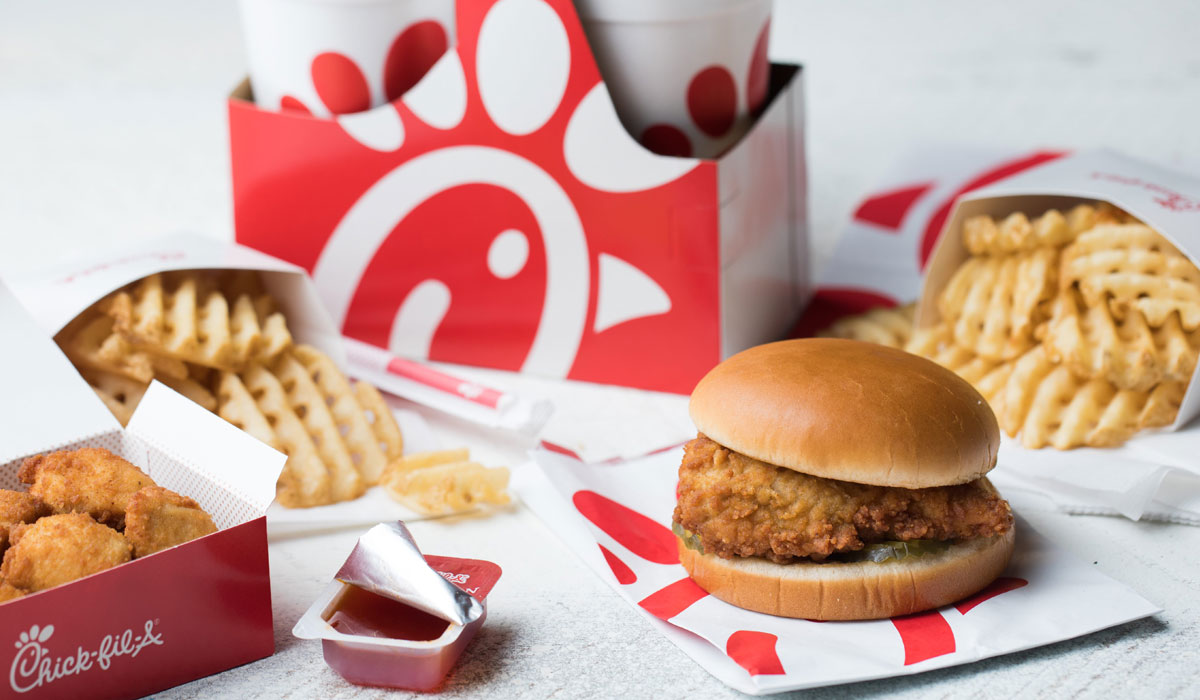Chick-fil-A is turning to a high-tech method to detect foodborne illness. In a proactive move, the chain is deploying an artificial intelligence program to monitor social media to spot signs of an outbreak.
Per VentureBeat, Davis Addy, Chick-fil-A’s senior principal IT leader of food safety and product quality, outlined May 23 how the company plans to use the technology during a presentation at the ReWork Deep Learning Summit in Boston.
“For us in this journey with analytics and food safety, we’re going from a place of hindsight to insight … and eventually foresight so we can be more proactive in helping our restaurants better identify and address food safety risks,” Addy said.
Every year, norovirus causes 19–21 million illnesses and between 570–800 deaths, according to the CDC. Most of these outbreaks occur in foodservice settings—restaurants, schools, nursing homes, hospitals, day care centers, military barracks, universities and cruise ships.
It has also been determined that 64 percent of outbreaks are attributed to restaurants and 70 percent of those outbreaks are caused by infected workers. By tracking the spread of an outbreak in real time, Chick-fil-A will have a better chance of finding the source quickly, whether it be an employee or an issue further down the supply chain.
Customer feedback can be found across social media. However, some posts and digital complaints are too vague or grammatically incorrect, which makes it hard to resolve in the real world. Chick-fil-A plans on using the custom software to learn from online customer behavior to identify phrases and keywords that spot trends of emerging illness.
READ MORE: How to Keep Norovirus Out of Your Restaurant
So far, the software is operating at 78 percent accuracy, the company said. Amazon and Chick-fil-A are currently working to improve the technology to learn from inconsistencies of posts to accurately identify the correct trends and actual outbreaks.
The Amazon Web Services-hosted software “processes restaurant review data every 10 minutes from a range of social platforms, which are passed onto a Python routine that filters for over 500 keywords [including words like ‘illness,’ ‘food poisoning,’ ‘vomit,’ ‘throw up,’ ‘barf,’ and ‘nausea’] and AWS Comprehend, Amazon’s natural language processing service, which checks sentiment and determines legitimacy,” VentureBeat wrote.
Through a mobile app, store managers are relayed information of concerning customer posts and have the choice to reach out to them directly to remedy the situation. A corporate dashboard also tracks the data to spot trends on a broader scale.
Advances in food safety technology continue to emerge as chains face costly and potentially deadly outbreaks. Chipotle’s food safety issues in 2015 erased around half of Chipotle’s market cap (it has since recovered). Restaurants now have tech and systems available to anticipate issues as well as track and resolve them. Chick-fil-A’s approach to bring customer feedback into the process could bring new depth into the conversation.
Chick-fil-A brought in systemwide sales of about $9 billion in 2017, including average-unit volumes north of $4 million across a system of 2,225 restaurants.








